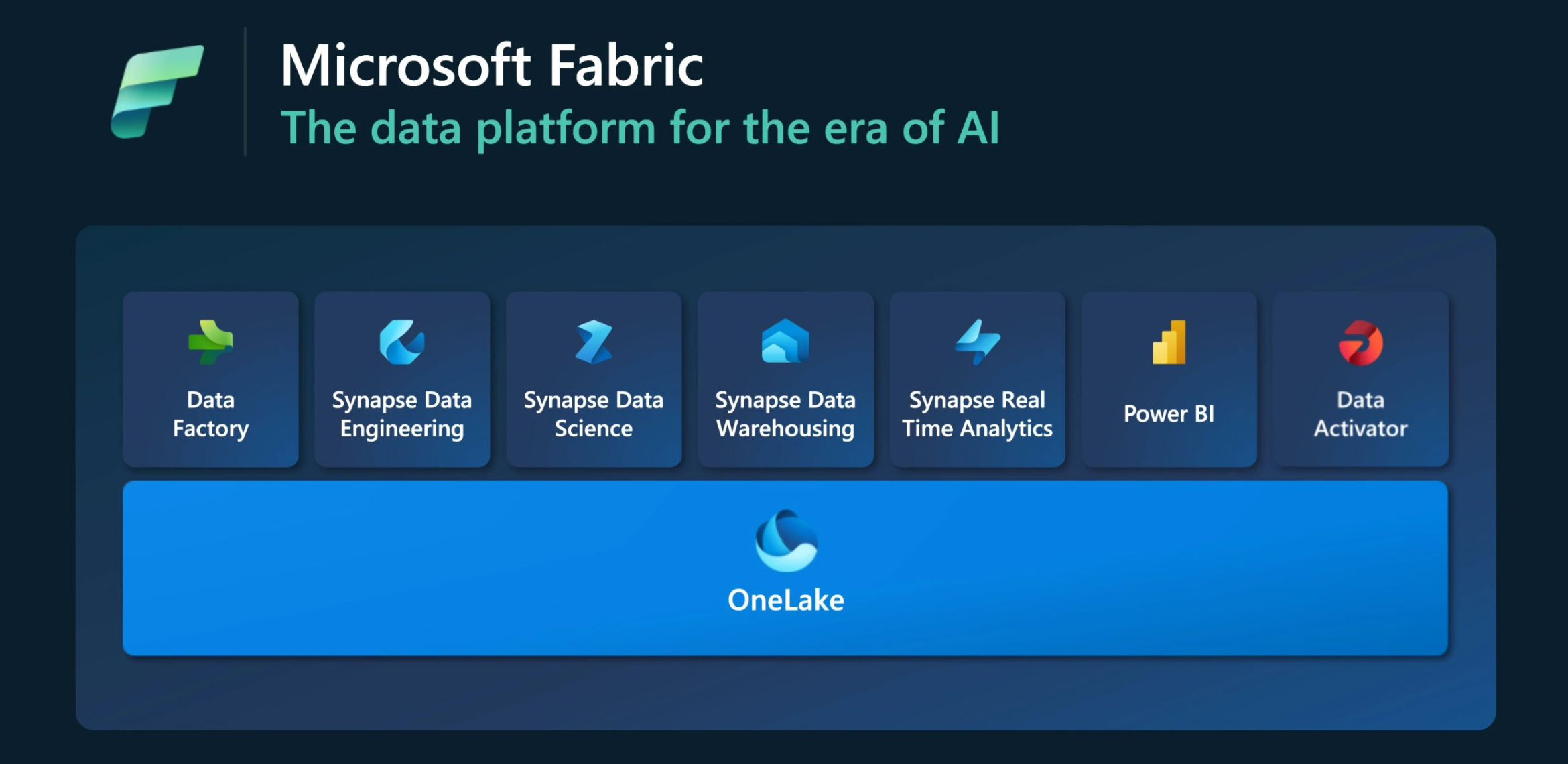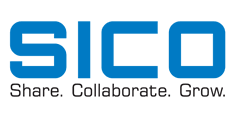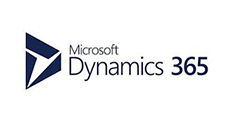Future Trends in ETL: The Role of AI and Automation in Microsoft Fabric
Inkey Solutions, April 10, 202587 Views
Over the past few years, the need for data-driven decision-making has spurred the development of ETL (Extract, Transform, Load) processes. As companies seek better ways to leverage their data, AI and automation are proving to be transformative forces. Microsoft Fabric, an integrated data platform, is well-positioned to capitalize on these technologies, enabling a smarter, faster, and more integrated ETL approach.
The Evolution of ETL
Traditionally, ETL processes have been rigid and resource-intensive, requiring dedicated infrastructure and significant manual intervention. However, the explosion of big data and the need for real-time analytics have forced organizations to rethink their data integration strategies.
With the rise of cloud computing, ETL processes have become more scalable and flexible. Microsoft Fabric, designed as a comprehensive data platform, integrates tools like Azure Synapse, Power BI, and Data Factory to provide seamless data processing capabilities. Its architecture allows organizations to create robust data pipelines that can handle various data sources, whether structured, semi-structured, or unstructured.
The Role of AI in ETL
Artificial intelligence-driven ETL is changing the way data is managed within organizations. By mapping, cleansing, and detecting anomalies automatically, AI minimizes the need for human intervention. Microsoft Fabric utilizes AI to enhance ETL processes in several ways:
- Automated Data Mapping: AI algorithms can intelligently map disparate data sources, reducing the time and effort required for integration. This is particularly valuable in complex data ecosystems where schemas and structures frequently change.
- Anomaly Detection: Machine learning algorithms can detect data quality problems, such as missing values, outliers, or inconsistencies, thereby providing cleaner datasets for downstream analytics. Continuous monitoring enhances reliability and accuracy.
- Predictive Data Transformation: By utilizing historical information, AI can recommend the best transformation processes, enhancing efficiency. These recommendations can accelerate the design of data pipelines by suggesting data joins, aggregations, and other transformations.
- Natural Language Processing (NLP): NLP capabilities can be integrated to simplify querying and transforming textual data, enabling more intuitive interactions with data.
- Intelligent Data Integration: AI algorithms can detect relationships between different datasets, suggesting potential joins, unions, or correlations. This accelerates the creation of unified views from disparate sources.

Automation: The Key to Efficiency
Automation in ETL is about reducing human intervention and minimizing errors. With Microsoft Fabric, automation is deeply integrated into data workflows:
- Data Flow Automation: Pre-configured templates and connectors streamline the ingestion of various data sources, reducing configuration overhead.
- Scalable Pipelines: Automated scaling ensures that data pipelines can handle increasing workloads without manual adjustments. This flexibility is critical for organizations with fluctuating data processing needs.
- Event-Driven Triggers: Automated triggers facilitate real-time processing, essential for modern analytics needs. They ensure that data is continuously updated and ready for analysis as soon as it’s available.
- Workflow Orchestration: Microsoft Fabric provides tools to design, deploy, and monitor complex workflows with ease, enhancing operational efficiency.
How Microsoft Fabric Is Leading the Change
Microsoft Fabric’s unified platform approach simplifies the data lifecycle. It provides:
- Unified Experience: A single environment to build, manage, and monitor data pipelines, with a focus on user-friendly interfaces and integration capabilities.
- Built-in AI and Automation: Native AI capabilities enhance the efficiency of ETL processes by providing tools for anomaly detection, data mapping, and predictive transformations.
- End-to-End Integration: From data ingestion to analytics, Microsoft Fabric offers seamless connectivity between services. This integration eliminates data silos and enhances data accessibility across the organization.
- Security and Governance: Enhanced security features ensure data privacy and compliance, which are critical as organizations process larger volumes of sensitive information.
How Microsoft Fabric Compares to Other Platforms
Compared to platforms like AWS Glue and Google Cloud Dataflow, Microsoft Fabric offers:
- Seamless Integration: Enhanced connectivity with other Microsoft tools like Azure Synapse and Power BI.
- Unified Interface: A single environment for managing data pipelines, reducing complexity.
- Built-in AI Capabilities: Integrated AI tools for anomaly detection, predictive transformations, and automated mapping.
- Improved Security and Governance: Advanced compliance features to meet regulatory requirements.
Challenges and Limitations
Despite its advantages, integrating AI and automation into ETL processes is not without challenges:
- Data Security: Ensuring data privacy and compliance can be complex when using automated systems.
- Scalability Issues: While Microsoft Fabric offers dynamic scaling, handling extremely large datasets can still pose challenges.
- Integration Complexity: Migrating from legacy systems to Microsoft Fabric requires careful planning and execution.
- Cost Management: Automated scaling and AI integration may lead to unpredictable costs if not properly managed.
Future Trends to Watch
As AI and automation continue to evolve, we can expect:
- Increased Adoption of Low-Code/No-Code Tools: Simplifying ETL processes for non-technical users by providing drag-and-drop interfaces and pre-configured modules.
- AI-Driven Data Governance: Ensuring data quality and compliance with minimal manual intervention, leveraging AI to detect policy violations or unauthorized access.
- Enhanced Real-Time Processing: Moving from batch processing to real-time analytics across industries, enabled by automated triggers and scalable infrastructure.
- Adaptive Data Pipelines: Intelligent pipelines that can self-optimize based on changing workloads and data patterns, providing improved efficiency and performance.
- Hybrid and Multi-Cloud Integration: Seamless connectivity across diverse cloud platforms and on-premises environments, enhancing flexibility and resilience.
Conclusion
The future of ETL is undeniably intertwined with AI and automation. Microsoft Fabric stands at the forefront of this evolution, offering a comprehensive platform that streamlines the entire data process. By embracing AI and automation, organizations can achieve greater efficiency, scalability, and accuracy in their ETL workflows.












